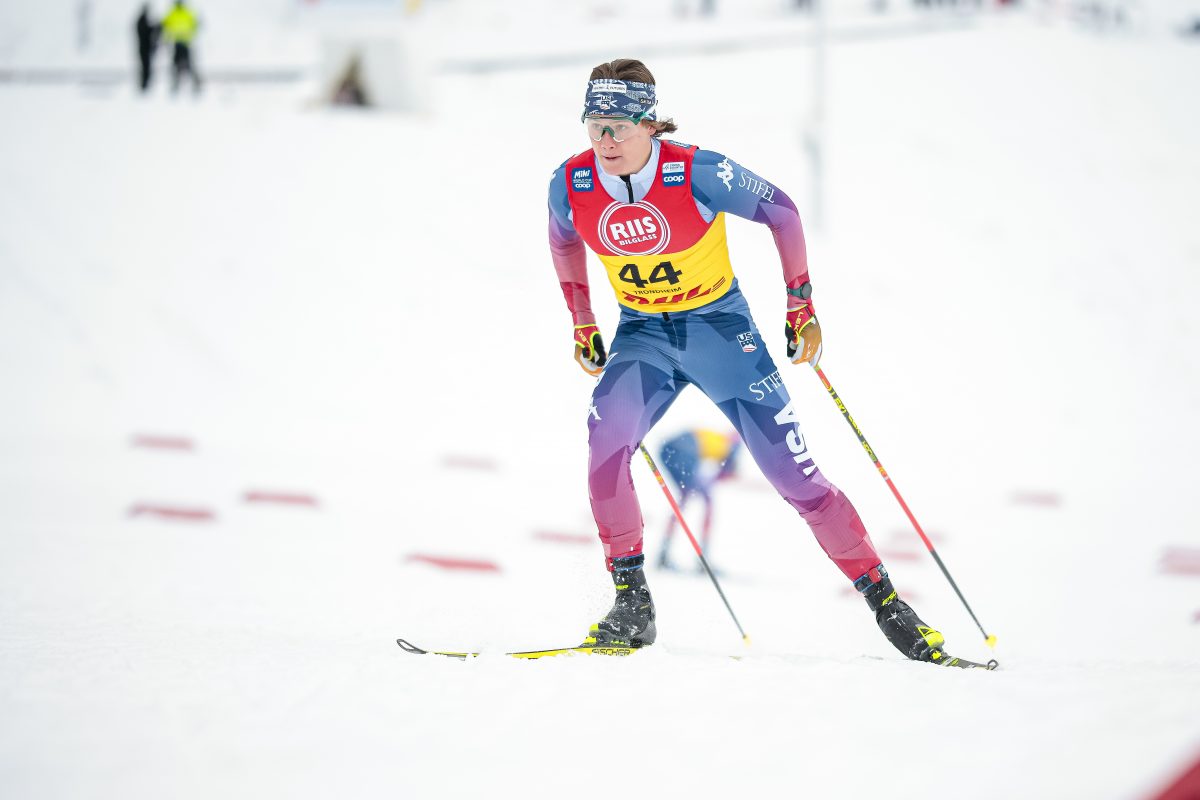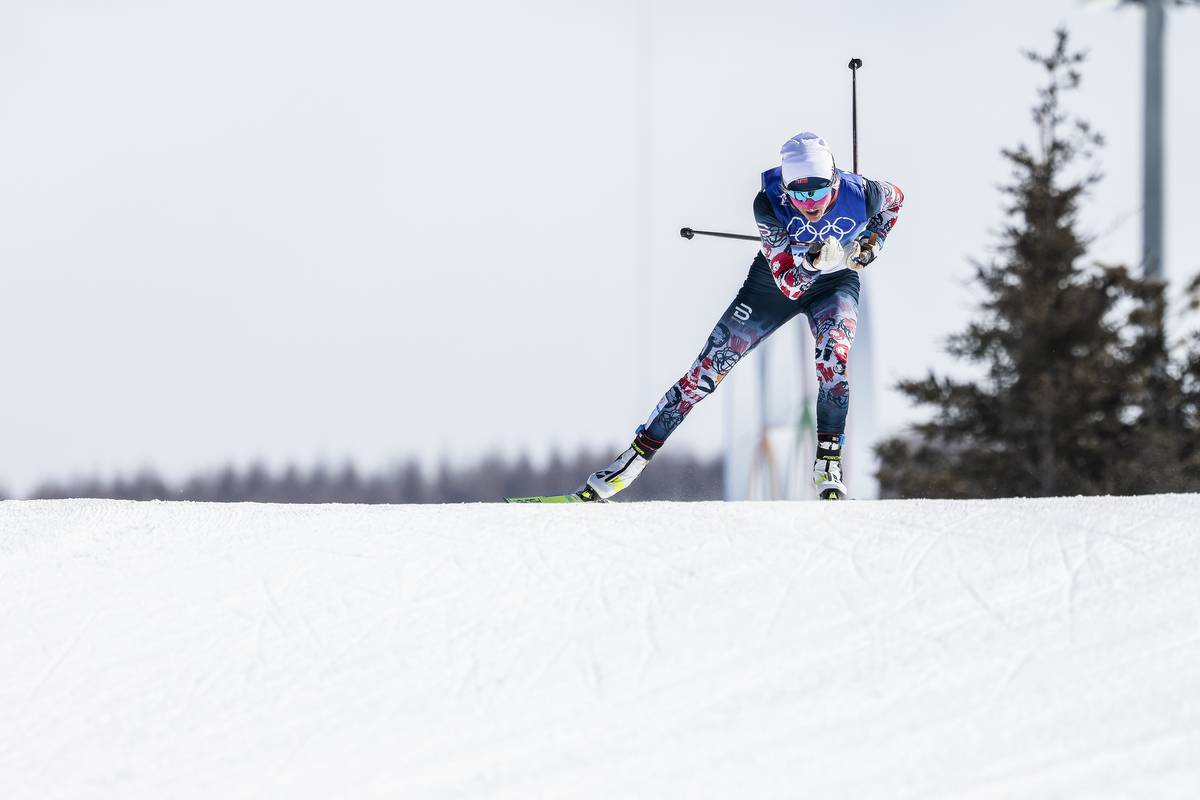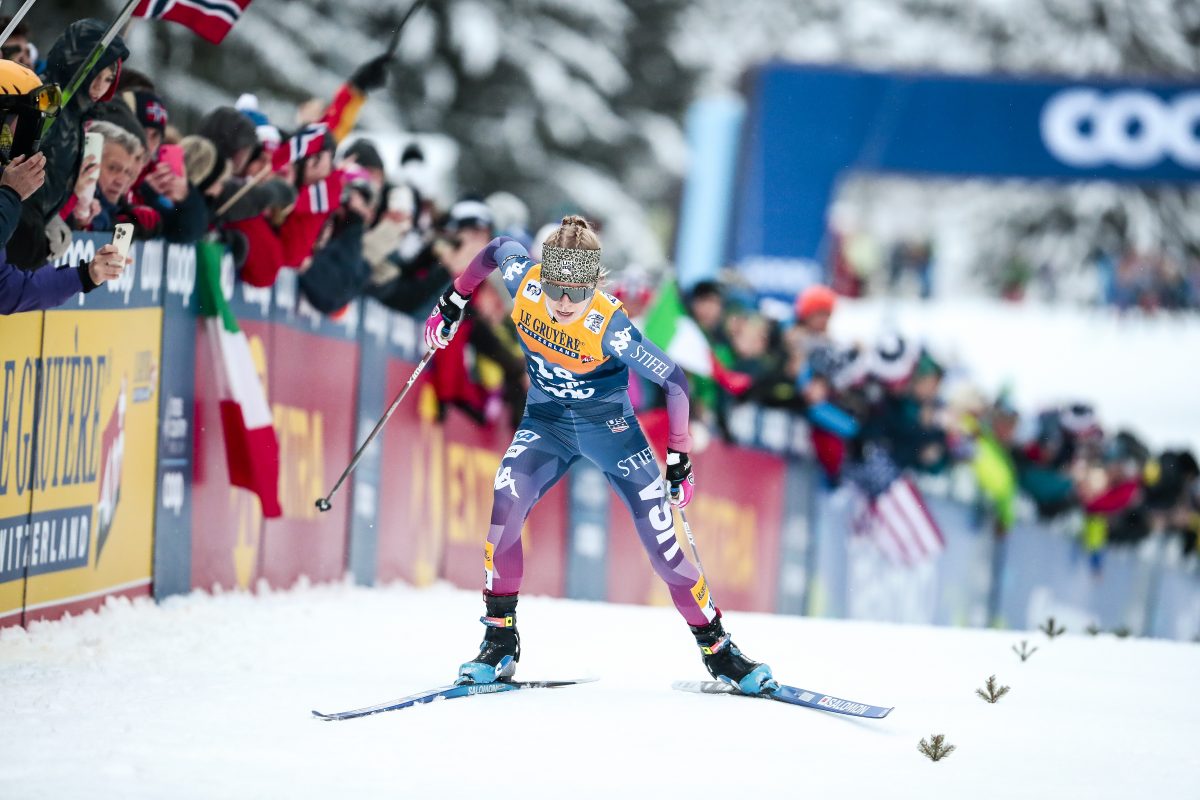The purpose of this article is to make skiers think about the pace and length you should chose in distance sessions. I hope to point out some important factors to consider, make suggestions to help you add some variety, and change your routines and attitude. I think in the end you will ski a lot faster. Some of the quotes and examples I use are at times contradicting, but it all comes down to one thing: developing a feel for the right pace. Here is how you can do just that:Â
Â
“Listen to your body”
Successful skiers have a feel for the right pace in both distance and intervals.
The expression “listen to your body” and the idea of letting you body make the decisions has been around forever. World Champion Per Elofsson even included it as a final advice in a FasterSkier.com interview on October 1st. when asked how to approach training.
It sounds very simple but it's the single hardest thing to do and understand in training. Too often what we feel we “should†be doing or what's on the training schedule often makes one blind to the body's signals. Your body might tell you that you are tired but you still go out and do hard distance training or intervals. How stupid is that? The end result is simple: you make no progress and are now even more tired. You didn't listen!
Start changing this approach. Back off and rest when the body tells you it needs rest, and pick it up and train well when you feel good. The training plan is only a guideline. How you feel and respond to the training should matter the most!
Most skiers that I have known with a certain level of success have a “built in feel” for how hard they can go and still be ready for tomorrow’s distance or interval session. This skill is developed through (hard) systematic training in their junior years and as adults. Sometimes training too hard or too much and leaning from it was a part of developing this “feeling”. Now that these athletes are elite skiers they now make good choices. They can push hard in some distance sessions, go very easy or medium in others. They feel what's right. It's never all hard or all very easy – it's a mix.
This mix also develops good strength and technique since the speed or pace in the uphills often is good enough to build specific strength and improve the technique. They might occasionally walk up the hills, but that's not the average session. Most sessions happen with a certain degree of good technique.
Here are some different perspectives about training intensity:
Moroccan Olympic champion runners
Last year we posted <one of the most exciting articles I have ever translated. It was about the Moroccan runners, including Olympic and World Champions in the 5000 and 10000 meters. They trained with five to six weekly hard sessions year-round, and distance sessions up to 50 minutes–but never longer! They did not talk about “jogging” but only running at fast pace. (This is something to think about for those who want to always go long and slow!)
 end their 2.5 to 3 hour-long distance rollerski session, we keep going for another 30 minutes at an even increased tempo.” This trains skiers to get used to work hard at the end, when you are tired.</p>
<p><B>The start of the Norwegian dominance</B></p>
<p>Most articles and comments that came out of Norway in the nineties, when skier's like Vegard Ulvang, Bjorn Daehlie and a young Thomas Alsgaard dominated the Championships, talked about very easy distance training and some hard training. They also talked about high training hours: up to 100 hours per month for those who trained the most. The interval sessions described were what I consider long and very hard: 50 minutes or more, including recovery in between intervals. The intensity was at race effort, give or take a little. Having talked to some of those skiers and many of their coaches, I now know the distance training might at times have been easy but it was also frequently harder than described. The terrain was “used” and distance sessions often ended up as a form of “natural interval” or threshold training. The total number of interval sessions is therefore more than the logs described – at least if you include level 2-3 sessions or any time the heart rates got near 85/90% of max as intervals.</p>
<p>Â </p>
<p><B>Bjorn Dæhlie – 8 X Olympic Champion</B></p>
<p>I have borrowed some of <<a href=http://www.fasterskier.com/feature.php?series_id=1>Bjorn's quotes from his book – The Hunt for Gold</a> to illustrate some of his thoughts on training intensity.</p>
<p>“I have always trained hard and never been afraid of trying new things – once I roller skied sixty kilometers in tough terrain in the morning. It took three and a half hours. The same day in the evening I did nine very hard five-minute intervals in the alpine area. After the evening meal I crawled to bed, so exhausted that I was too tired to sleep and lay awake half the night.</p>
<p>“An exciting memory highlight (that I can remember as it was yesterday) as a 19-year young ambitious racer was my first ever workout with Vegard Ulvang – he was then 23. It became a tough workout lasting more than three hours. Neither of us was holding back.</p>
<p>“Young skiers are not training enough – today's junior national team skiers are training fewer hours and not as hard as Vegard and I did. In the mid- eighties more and more athletes started to use a monitor for any kind of workout. The training intensity was now suddenly monitored and steered by the heart rate monitor – in my opinion it's totally wrong when children and young athletes in endurance sports are letting themselves be steered by heart rate monitors, which are telling them to walk up the uphills instead of running once their heart-rate reaches 140 or 150. It won't be much real ski training if they walk instead of run.”<br />
<BR><img decoding=)



